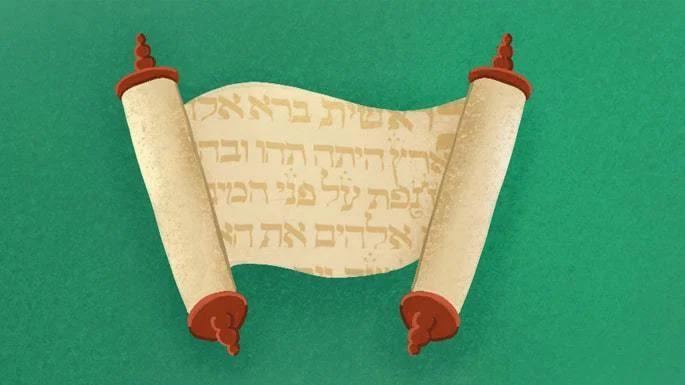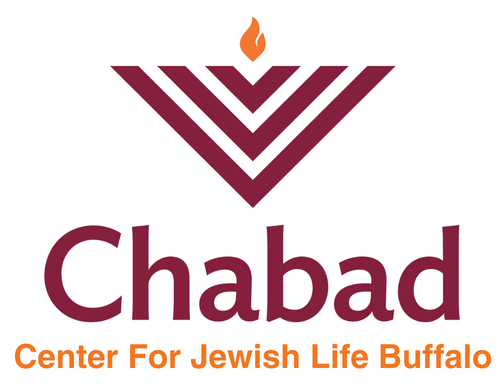Table of Contents

In Short
When: In 2024, it starts in the evening of October 23, and concludes after nightfall of October 25.
What: The holiday of Sukkot is followed by an independent holiday called Shemini Atzeret. In Israel, this is a one-day holiday; in the Diaspora it is a two-day holiday, and the second day is known as Simchat Torah. This holiday is characterized by utterly unbridled joy, which reaches its climax on Simchat Torah, when we celebrate the conclusion—and restart—of the annual Torah-reading cycle.
How: These two days constitute a major holiday (yom tov), when most forms of work are prohibited. On the preceding nights, women and girls light candles, reciting the appropriate blessings, and we enjoy nightly and daily festive meals, accompanied by kiddush. We don’t go to work, drive, write, or switch on or off electric devices. We are permitted to cook and to carry outdoors (unless it is also Shabbat).
Shemini Atzeret
The first day, Shemini Atzeret, features the prayer for rain, officially commemorating the start of the Mediterranean (i.e., Israeli) rainy season, and the Yizkor prayer (supplicating G‑d to remember the souls of the departed).
We no longer take the Four Kinds, and we no longer mention Sukkot in the day’s prayers; in the Diaspora, however, we do still eat in the sukkah (but without reciting the blessing on it).
The Meaning of Shemini Atzeret
Shemni Atzeret literally means “eighth [day] stop.” It is from the verse which tells us that after the seven days of Sukkot, “on the eighth day, a stop it shall be for you.”1
The sages explain: During the course of the 7 days of Sukkot, a total of 70 bulls were offered on the Temple altar, one for each of the 70 nations. In a sense, the Sukkot holiday included all of humanity. On this day, however, G‑d asks us to “stop” and celebrate one more day, just us and Him.
Simchat Torah
The highlight of the second day, Simchat Torah (“The Joy of the Torah”), is the hakafot, held on both the eve and the morning of Simchat Torah, in which we march and dance with the Torah scrolls around the reading table in the synagogue. (In many synagogues, hakafot are conducted also on the eve of Shemini Atzeret.)
On this joyous day when we conclude the Torah, it is customary for every man to take part in the celebration by receiving an aliyah. The children, too, receive an aliyah!
After the final aliyah of the Torah, we immediately begin a new cycle from the beginning of Genesis (from a second Torah scroll); this is because as soon as we conclude studying the Torah, G‑d’s infinite wisdom, on one level, we immediately start again, this time to discover new and loftier interpretations.
(In the Land of Israel, the celebration and customs of these two days are compressed into one day.)
The Meaning of Simchat Torah
Simchat Torah means “joy of Torah.” The name is derived from the fact that on this day we celebrate the completion of the annual reading of the Torah and begin anew.
Note that it is not called “joy with the Torah” or “joy from Torah,” but “joy of Torah.” This is because the Torah itself rejoices. And when we sing and dance with her, we provide the Torah with legs and partake in her celebration.
Shemini Atzeret/Simchat Torah Info
Here’s how to celebrate this holiday in the best way possible:
- Hakafot: The hakafot (dancing with the Torah) are celebrated on the eve of Simchat Torah and then again the following morning. In Chassidic communities, hakafot are also conducted on the eve of Shemini Atzeret.
- Light Holiday Candles: Before sundown, women and girls light candles, bringing in the sanctity of the holiday into their homes and families. Here’s a link to the candle lighting times.
- Not sure what to expect at services? No worries! This in-depth guide will turn you from an outsider to an insider in no time!
- Get Ready: Learn some tasty holiday recipes, all gathered in one interactive place.
- Stories, Videos, Fun for Kids: Get the kids prepared for the days of joy with our vast Simchat Torah section. Hop right over by clicking here.
